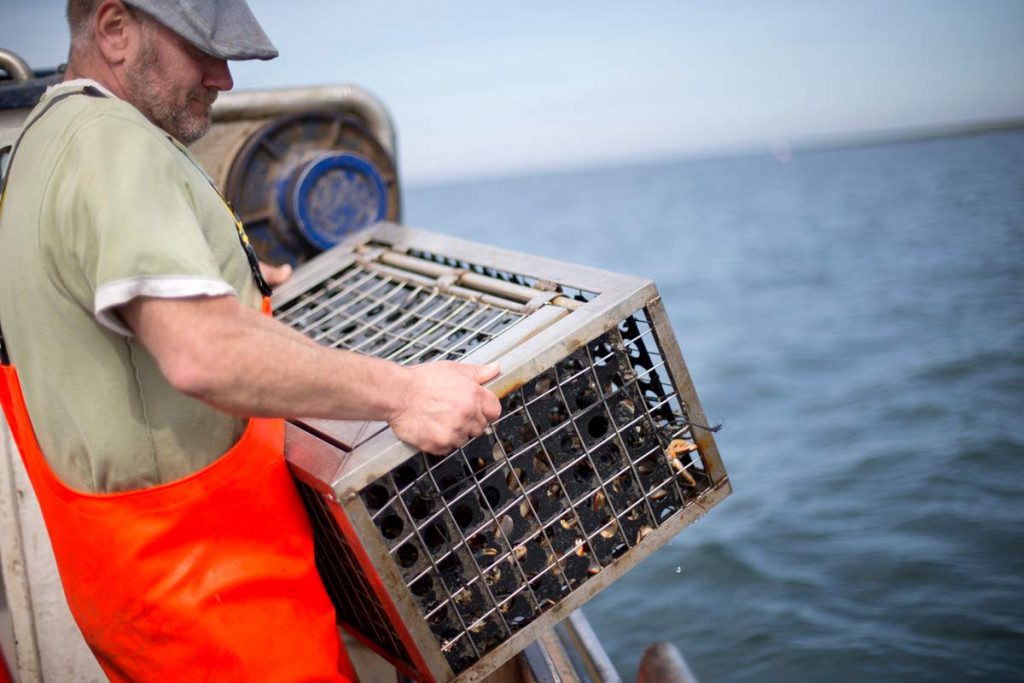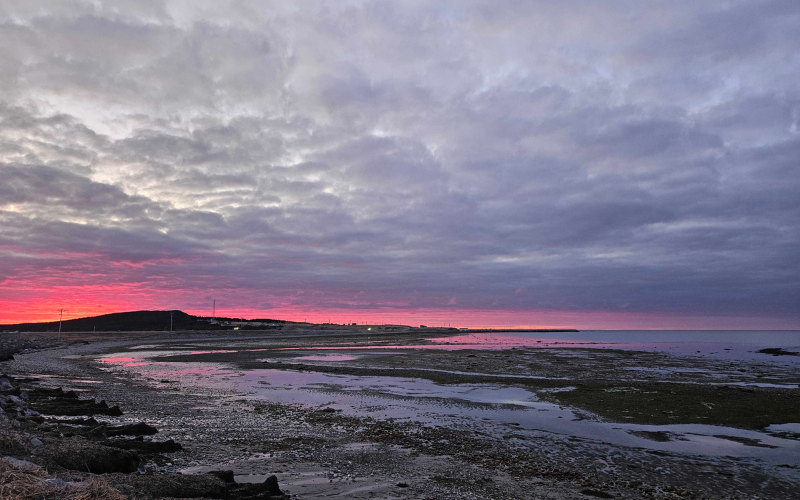Traceability is the ability to keep track of a product throughout the entire supply chain. For seafood, that means tracing a product from when it’s harvested through to the end consumer – including all movements, transactions, and treatments that the product undergoes.
The seafood supply chain can be long and opaque so tracking what happens at the beginning and end of the supply chain is easier but the true value of traceability comes from tracking what happens in the landing, processing, and distribution stages.

Our KnowYour.Fish solution creates a statement of traceability, providing everything from species, story, and chain of custody details to harvest dates, temperatures at the time of catch, and shipment details. Traceability solutions also help cut down on illegal, unreported, and unregulated (IUU) fishing within the supply chain. Research has also shown that when implementing a traceability solution that complies with the Global Dialogue on Seafood Traceability (GDST)’s standards “the typical seafood processor can double its earnings before interest and taxes (EBIT) margin, mainly through lower recall, product waste and legal costs.”
We recently sat down with Vericatch CEO, Julian Hawkins, to get his take on the importance of traceability when it comes to the seafood supply chain.
Why is seafood traceability so important?
There are three key reasons. First, as a retail or food service company, you want to ensure that what you’re putting on your shelves for your customers is legally caught, it’s ethical, and it doesn’t have any issues that could damage your relationship with your clients and customers.
Secondly, If you’re a consumer, you want to ensure that what you’re eating and what you’re putting on the table for your family represents you and your values. Do you choose to buy healthy, well-produced, and ethical products? Or are you spending your money encouraging and rewarding practices that are unethical or unsustainable?
Finally, Coming out of COP26, if you really want to put the planet first, are you prepared to make sure that your practices respect our oceans and our environment or do you only care when it doesn’t impact you? Do you take the time to spend 30 seconds finding out about a product before you buy it?
Where do traceability and sustainability intersect?
When you don’t know where something is coming from, how can you possibly say if it was caught sustainably or legally? As a consumer and as a business, I prefer to know where something comes from even more than knowing if it was sustainably caught or produced. Because if I know that I’m buying something that wasn’t sustainable this time, I will make sure to find a sustainable version of the product next time.
Is seafood traceability the same as blockchain traceability?
Not quite. Blockchain is designed for storing data so it cannot be altered – and it’s a tool rather than a solution. However, if the data you’re storing is wrong in the first place, it doesn’t matter how secure it is. So blockchain is great for storing data if that data is accurate. We believe that starting with the correct data is the top priority. We don’t currently have blockchain built into our solutions, as we focus more on traceability which requires good information on where a product came from. Blockchain is just one way to handle that data.
What are the traceability challenges when it comes to seafood?
Fishing is a hands-on activity, so fishers often don’t have time at the moment they’re harvesting to write down what they just did. You’ll often hear fishermen saying they go fishing because they like to fish – they don’t go fishing because they like to fill out forms. One of the challenges is that when someone, after the fishing event, tries to recreate the details about where a product was caught, then they’re recreating the information second or third hand, which can lead to accidental or deliberate errors.
The second challenge relates to maintaining that chain of information for that product as it goes through the supply chain. Some supply chains are very short – the fisher catches the fish and sells it to the restauranteur who cooks it who sells it to the consumer who eats it – but high volume supply chains include many more steps than that. To keep each part of the supply chain distinct and documented takes many people being diligent the whole way through, and, as with any chain of events, it’s as weak as the weakest link.
The last piece is that the people who are selling the fish and the people who are buying the fish have to care enough about the information. The product a consumer is buying is not just the seafood, it’s the whole story. Where did the product come from? Was it caught properly? Was it looked after throughout the supply chain? Is it good, tasty, and healthy? When you buy fish, you’re buying everything about the fish. So the question becomes do you want to support good fishing practices or not?
What traceability solutions does Vericatch offer?
Our goal is to make seafood traceability effective without increasing the cost of doing so. Because if you add cost to the supply chain, you discourage adoption and make the product more expensive for consumers, which reduces the demand.
Vericatch focuses on practical, low-cost approaches that leverage IT automation of verification of seafood sources. We also seek to leverage emerging international standards that allow companies in the supply chain to work with common data sets interoperability whilst also allowing suppliers, retail, and food services companies to offer additional information to help differentiate their offerings to consumers. We try to do this in a way that helps the supply chain achieve this with reduced cost and effort.
What’s your vision for the future of seafood traceability in the next five years?
Think about buying eggs at the supermarket. You have a lot of choices – free-range, organic, cage-free – and as a consumer, I can exercise my choice to buy a product that is produced more ethically and which may be healthier for my family and me. Most people in North American don’t just grab any old carton of eggs; they take the time to make a decision about which eggs to buy. I don’t think it’s impossible to imagine that seafood gets to that same level, and people will be able to consciously decide what type of fishing or aquaculture they would like to support. If people care about what they are buying, their habits will change. So how do you make people care? You need to give them the information and the understanding of the bigger picture, and then they’ll be fine.
What broader initiatives is Vericatch involved with to help improve traceability in the seafood industry?
We work with suppliers, retailers, and international organizations to improve the legality, sustainability, and ethical practices associated with harvesting and processing seafood. Initiatives such as the GDST help reduce costs by creating practical standards for the seafood supply chain. We also work with members across the seafood supply chain to identify how to reduce their costs and maximize their commercial advantage using our seafood traceability products.
If you’re interested in learning more about how our products can help support your business’s journey towards seafood traceability feel free to get in touch!



